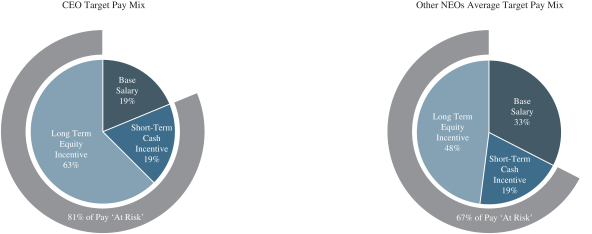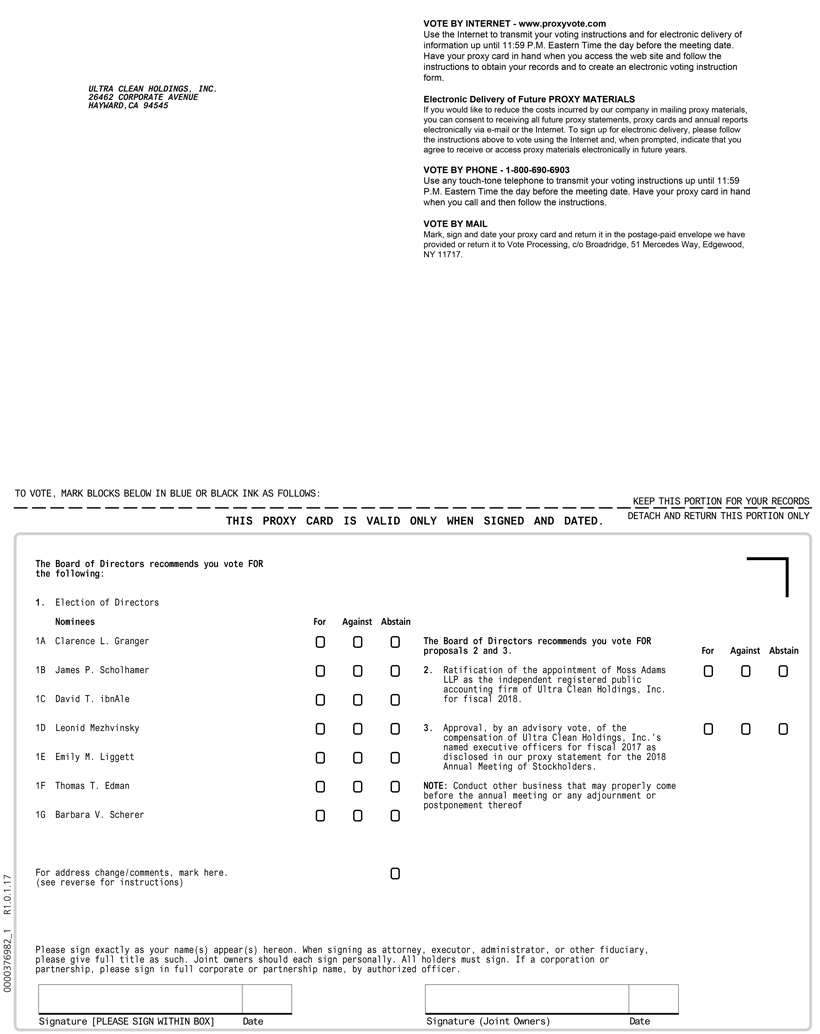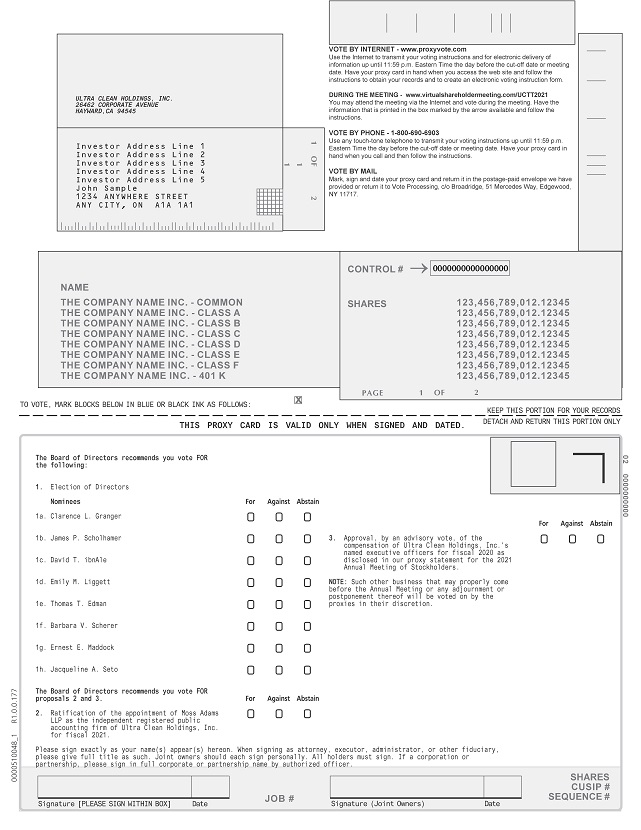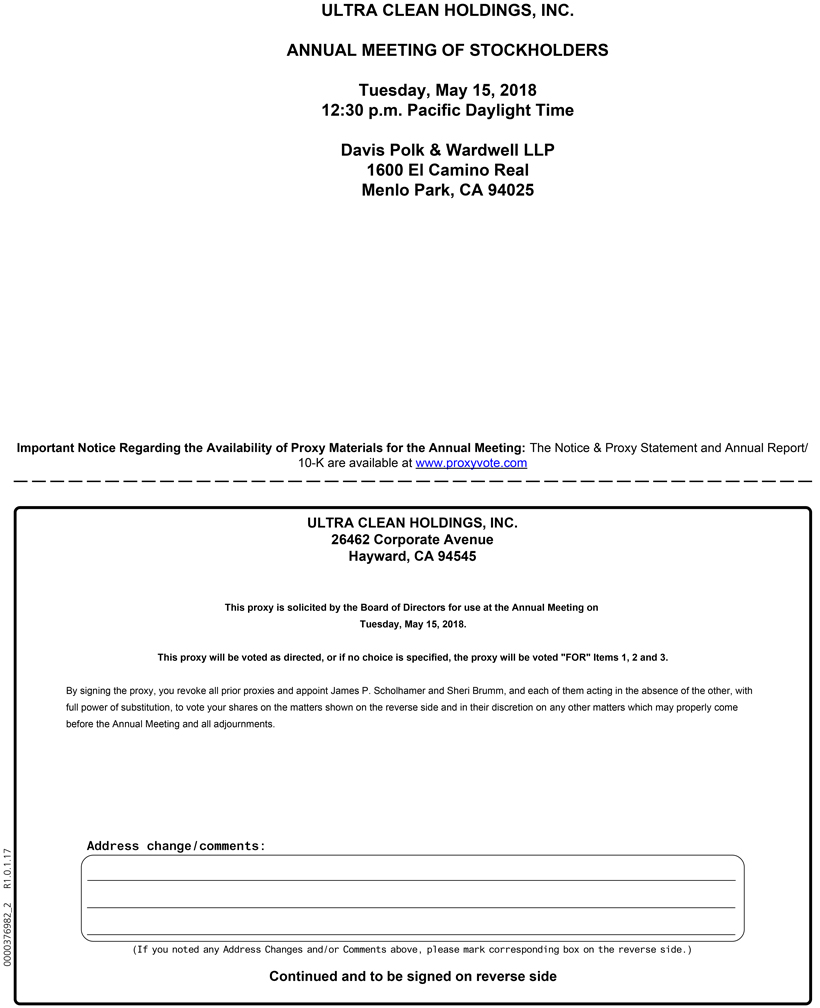goals relating to finance and systems integration initiatives and succession planning initiatives. The Compensation Committee also believeddetermined to award our other named executive officers additional annual individual bonuses ranging from 7% to 10.5% (out of 15%) based on their achievement of individual goals relating to operational performance, personal development, site financial performance, functional and systems integration, achievement of operating income, to be an appropriate metric based on its historical correlation withcustomer ramps, non-management personnel initiatives and cost initiatives.
Overall, actual bonuses for our common share price. Eachnamed executive officer has a target annual incentive bonus opportunity, expressedofficers as a percentage of his or her base salary with thefor 2020 were greater than for 2019 due primarily to our ability to earn above (upeffectively manage our operations through COVID-19. We were able to meet additional, drop-in demand as competitors were impacted by closures and significantly outgrow our base markets of wafer fab equipment (WFE) and wafer starts. The Compensation Committee believes that the Company’s cash incentive awards to the named executive officers for 2020 aligned pay with performance for 2020, notwithstanding a maximum equal to two times their target incentive compensation for such fiscal year) or below that targetchallenging economic environment in the Company’s industries, based on ourstrong performance against goals and initiatives that were designed in significant part to support the Company’s actual performance.
For fiscal 2017, for purposes of our Management Bonus Plan, operating income refers to operating income calculated in accordance with accounting principles generally accepted in the United States, but excluding thenon-cash amortization costslong-term growth and othernon-recurring expenses relating to our acquisitions. Operating Income is measured on a quarterly basis.long-term strategies, rather than merely near-term financial results.
| | |
Fiscal 2017 Achievement Levels* |
Operating Income as a Percentage of Revenue | | Percentage of Operating Income Paid
In Aggregate Under the
Management Bonus Plan |
<3.00% | | 0.00% |
3.00% | | 3.00% |
4.00% | | 4.00% |
5.00% | | 6.00% |
6.00% | | 6.20% |
7.00% | | 6.50% |
8.00% | | 7.50% |
9.00% | | 8.50% |
>10.00% | | 9.00% |
* | Operating income must be at least 3% of revenue for the plan to be funded in any given quarter. If operating income is above 3% and is in between percentages in the table above, the percentage of operating income distributed to participants is prorated between the applicable amounts shown above. |
Our Compensation Committee invests significant time determining the financial and non-financialtargets for our cash incentive bonus program.the Company’s Management Bonus Program. In general, management makes the initial recommendation for the financial and non-financialtargets based upon ourthe Company’s annual board-approvedBoard-approved operating plan and other strategic goals and objectives, as well as the bonus opportunity for each officer, and these recommendations are reviewed and discussed by the Compensation Committee and its advisors. The major factors used in setting one or more targets for a particular year are the results for the most recently completed year and the annual operating plan for the current year. Other factors taken into account may include general economic and market conditions. Overall, the Compensation Committee seeks to tie a significant proportion of cash compensation to performance, while factoring in ourthe Company’s current and expected financial results given current and expected business conditions and the cyclical nature of the semiconductor equipment industry. The Compensation Committee also recognizes that the Management Bonus Plan provides increased cash payments to our executives if we achieve results above targets, providing our executives an opportunity to achieve higher cash compensation for performance above expectations. We intend for the performance goals to be challenging but achievable and to reflect strong corporate performance.
BonusesQuarterly bonuses under the Management Bonus Plan are calculated and paid on a quarterly basis, subject to the employee’s continued service with usthe Company through the applicable payment date, which we believethe Company believes to have a positive effect on employee morale. Each quarter, we calculate the total available pool of cash incentive bonuses using the “Percentage of Operating Income Distributed as Cash Incentive Compensation” as discussed above. For the four quarters of fiscal 2017, our aggregate quarterly bonuses were paid based on the following:
| | | | | | | | |
Quarter in Fiscal 2017 | | Actual Operating Income as
a Percentage of Revenue(1) | | | Percentage of Operating
Income In Aggregate Paid
Under Management Bonus
Plan(2) | |
First | | | 10.3 | % | | | 8.1 | % |
Second | | | 11.2 | % | | | 7.4 | % |
Third | | | 10.1 | % | | | 7.1 | % |
Fourth | | | 9.5 | % | | | 8.8 | % |
(1) | Calculated as GAAP operating income, excludingnon-cash amortization costs and othernon-recurring expenses relating to our acquisitions, as a percentage of GAAP revenue. |
(2) | The percentages in this column are lower than those set forth in the Fiscal 2017 Achievement Levels table above, as each individual participant in the Management Bonus Plan is eligible for a maximum bonus equal to two times their target incentive compensation for such fiscal year. In addition, in the third fiscal quarter of 2017, during his leave of absense, Mr. Scholhamer was not eligible for a bonus under the Management Bonus Plan. In addition, the percentage of operating income in aggregate paid under the Management Plan may fluctuate from quarter to quarter based on our headcount and hiring activity in such quarter. |
Once the available pool is determined for a given fiscal quarter as described above, the pool is then allocated among the participants in the plan, including our named executive officers, in accordance with each individual participant’s target bonus percentage, which is calculated as a percentage of his or her base salary. If the available pool is not sufficient to allocate to each participant a bonus equal to his or her target bonus percentage multiplied by his or her base salary for the quarter, then the available pool is allocated among each participant on a prorated basis. If the available pool exceeds the amount necessary to allocate to each participant his or her full payout, then the excess is allocated among participants in the same manner as shortfalls. The maximum allowable bonus for any quarter is two times (200%) a participant’s full payout amount. The Compensation Committee reviews the Management Bonus Plan achievement levels quarterly, considering projected operating results under the Company’s annual operating plan and other factors discussed below.
Target bonus percentages are reviewed and approved on an annual basis for each named executive officer and established based on each named executive officer’s role and level of responsibility within the organization. The Compensation Committee also considered our peer group data in setting target bonus opportunities for fiscal 2017 and set each such target bonus for our named executive officers at a level that was consistent with the 50th percentile of our peer group. For fiscal 2017, the target bonus percentages as a percentage of base salary for each of our named executive officers were as follows:
| | | | | | | | |
Named Executive Officer | | Target Bonus as a
Percentage of Base Salary | |
| | | 2017 | | | 2016 | |
James P. Scholhamer | | | 100 | % (1) | | | 100 | % |
Sheri Savage | | | 75 | % (1) | | | 75 | % |
Joe Williams | | | 50 | % | | | 40 | % |
Lavi A. Lev | | | 50 | % (1) | | | 40 | % |
David Spiers | | | 50 | % | | | 40 | % |
(1) | As announced on July 27, 2017, Mr. Scholhamer took a leave of absence effective July 31, 2017 through October 2, 2017. Mr. Scholhamer was not eligible for an incentive bonus for our fiscal third quarter of 2017. In addition, due to their additional responsibilities during Mr. Scholhamer’s leave of absence, the Compensation Committee determined that Ms. Savage and Mr. Lev would be eligible for a target bonus of 100% and 75%, respectively, of their base salaries for the fiscal third and fourth quarters of 2017. |
Generally, cash incentives are paid under our Management Bonus Plan only if performance goals described above are achieved. However, the Compensation Committee retains the ability to revise performance measures during the year or to adjust bonuses based on extraordinary events or individual performance. Consistent with ourpay-for-performance philosophy, and except as described in footnote (1) in the table below, bonuses for fiscal 2017 were paid out in accordance with the performance goals described above, without adjustment.
| | | | | | | | | | | | | | | | |
| | | Management Bonus Plan Payments | |
Name | | 2017 | | | 2016 | | | Y/Y
Change | | | 2017 Bonus Paid
as % of Base
Salary (1) | |
James P. Scholhamer | | $ | 710,832 | (1) | | $ | 301,268 | | | | 136 | % | | | 142 | % |
Sheri Savage | | $ | 604,499 | (1) | | $ | 137,898 | | | | 338 | % | | | 168 | % |
Joe Williams | | $ | 328,987 | | | $ | 96,180 | | | | 242 | % | | | 93 | % |
Lavi A. Lev | | $ | 344,801 | (1) | | $ | 76,506 | | | | 351 | % | | | 111 | % |
David Speirs | | $ | 278,166 | | | $ | 81,315 | | | | 242 | % | | | 90 | % |
(1) | As announced on July 27, 2017, Mr. Scholhamer took a leave of absence effective July 31, 2017 through October 2, 2017. Mr. Scholhamer was not eligible for an incentive bonus for our fiscal third quarter of 2017. In addition, due to their additional responsibilities during Mr. Scholhamer’s leave of absence, the Compensation Committee determined that Ms. Savage and Mr. Lev would be eligible for an increased target bonus percentages of 100% and 75%, respectively, for the fiscal third and fourth quarters of 2017. |
Actual bonuses for our named executive officers as a percentage of base salary for 2017 were significantly higher than for 2016 due to our achievement of substantially improved operating results in fiscal 2017 as compared to fiscal 2016, and are consistent with our 299% increase in operating income for fiscal 2017 as compared to 2016, reflecting a strong alignment of our compensation with our performance.
Fiscal 2018 Cash Incentive Bonuses. On March 29, 2018, the Compensation Committee adopted the 2018 Management Bonus Plan (the “2018 Plan”), effective commencing with the Company’s fiscal year 2018, beginning in the Company’s first quarter of fiscal 2018. The Company’s executive officers will be eligible to participate in the 2018 Plan, which provides for the opportunity to earn quarterly and annual bonuses based on corporate and individual performance during the fiscal year. Bonuses under the 2018 Plan are based on each executive officer’s annual target cash incentive opportunity (established as a percentage of each executive officer’s base salary, referred to as the “Target Bonus”).
For each executive officer, 85% of their cash bonus opportunity under the 2018 Plan will be calculated based on multiples (ranging from 0 to 2) of their Target Bonus based on performance of the Company against corporate goals and objectives as approved by the Compensation Committee for the applicable measurement period, 65% of which will be based on quarterly financial and operating performance and will be paid out quarterly, and 35% of which will be based on other annual corporate goals and objectives and will be paid out annually. In addition, for each executive officer, an additional 15% of their cash bonus opportunity under the 2018 Plan will be based on a multiple (ranging from 0 to 1) of their Target Bonus based on individual performance against individual goals and objectives as approved by the Compensation Committee for the annual measurement period. Under the 2018 Plan, bonuses based on corporate goals and objectives will be no more than twice the amount of 85% of the applicable executive officer’s Target Bonus, and bonuses based on individual goals and objectives will be no more than 15% of the applicable executive officer’s Target Bonus.
Corporate goals and objectives may include goals and objectives relating to operational performance (e.g., quality and delivery performance), revenue growth, implementation of strategic programs, financial results as compared to the Company’s operating plan, and human resource initiatives. Individual goals and objectives are tailored to each executive officer’s position and are designed to award performance based on the individual’s contribution to the Company’s growth, financial performance, structural organization and achievement of strategic initiatives.
Each quarterly and annual bonus will be paid as soon as reasonably practicable following approval by the Chief Executive Officer, Chief Financial Officer and the Committee on a quarterly or annual basis, as applicable, but in no event later than March 15 of the year following the applicable performance year. Each quarterly and annual bonus under the 2018 Plan shall also be reviewed and approved by the Company’s Chief Executive Officer, Chief Financial Officer and the Compensation Committee on a quarterly or annual basis, as applicable, prior to payout. The Compensation Committee may increase or decrease bonuses calculated under the 2018 Plan in its discretion based on corporate or individual performance.
Equity Compensation
Our equity compensation program is intended to align the interests of our executive officers with those of our stockholders by creating a long-term incentive for our executive officers to maximize stockholder value. The equity compensation program also is designed to encourage our executive officers to remain employed with us in
a very competitive labor market. The Compensation Committee regularly monitors the changes in the business environment in which we operate and periodically reviews changes to our equity compensation program to help us meet our goals, which include the achievement of long-term stockholder value.
Types of Equity Awards.In fiscal 2017,2020, consistent with recent years, we granted our named executive officers a combination of time-based and performance-based restricted stock units, or RSUs which we believe are effective in retaining and motivating employees because they provide a predictable, tangible value to employees while also serving as an incentive to increase the value of our stock. RSUs are also an efficient way for us to reduce the dilutive effects of equity awards.PSUs. The Compensation Committee believes this combination provides a balance between awards that provide high incentive value (in the form of PSUs, which will only vest if we meet performance criteria described under “—Mix of Performance versus Time-based ‘Refresh’ Grants” below, combined with service requirements) and awards that provide high retention value (in the form of time-based RSUs, which will have at least some value






